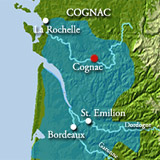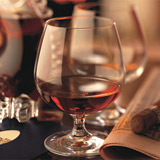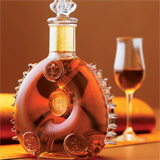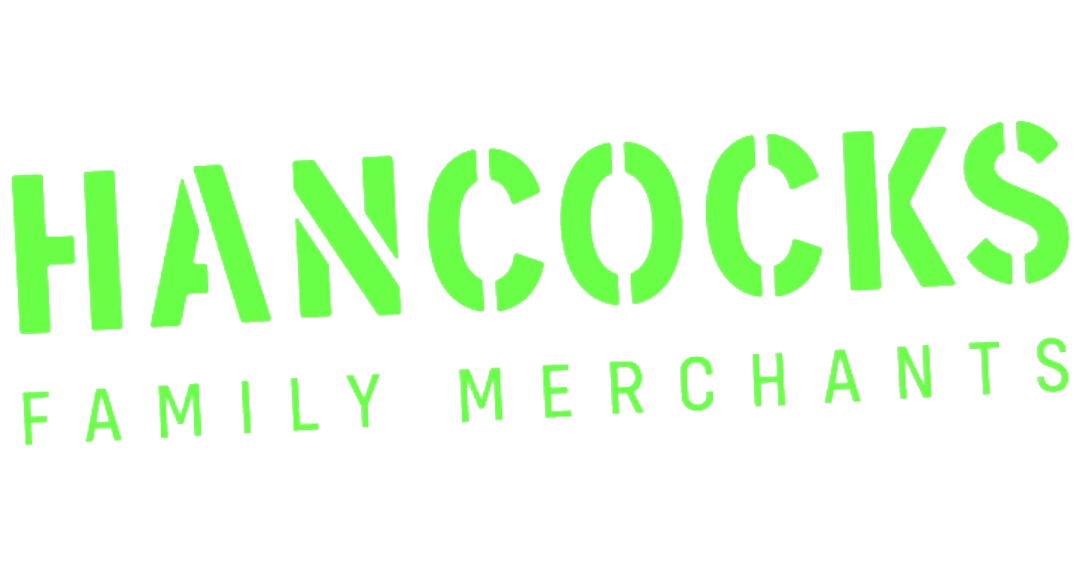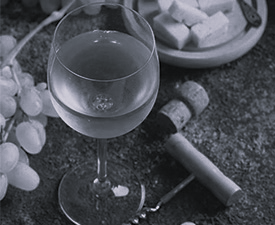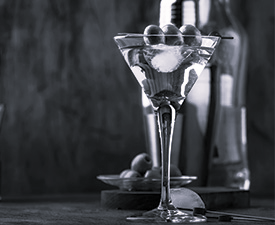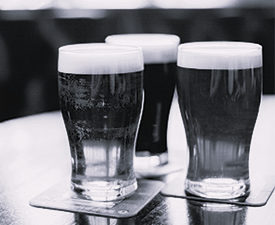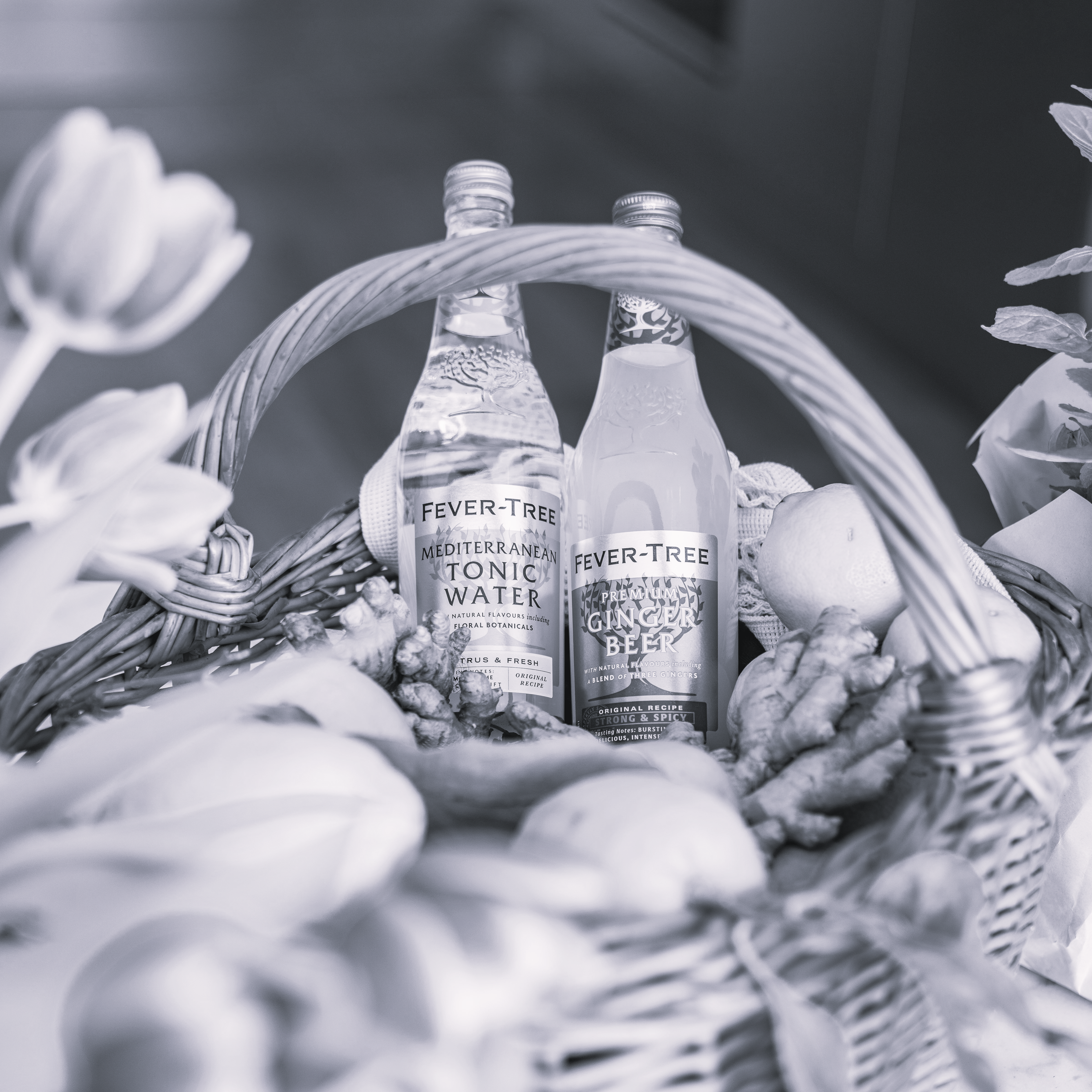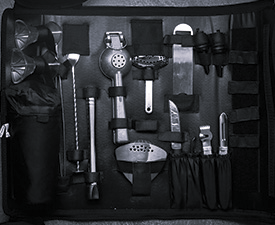The town of Cognac gives its name to one of the world's best-known types of brandy - Cognac is considered to be one of the finest, if not the finest, of the spirits. Drinks that bear this name must be made in certain areas around the town of Cognac and must be made according to strictly-defined regulations in order to be granted the name Cognac.
The region authorised to produce Cognac is divided up into six growth areas, or crus (singular cru). The six crus are, in order of decreasing appreciation of the Cognacs coming from them: Grande Champagne, Petite Champagne (also known as "Petite Fine Champagne"), Borderies, Fins Bois, Bons Bois, and Bois Ordinaires.
A cognac made from just the first two of these crus (with at least 50% from Grande Champagne) is called "fine champagne cognac" ("champagne" coming in both cases from archaic words meaning chalky soil, a characteristic of both areas).
Even within the defined region, if a brandy is produced that fails to meet any of the strict criteria set down by the governing body of cognac production,- it may not be called Cognac, nor sold as such. Brandy produced elsewhere in France or any other part of the world cannot legally be called "Cognac".
It must be produced within the delimited region, from wine using predominantly Ugni Blanc grapes and up to 10 other recognised white varieties;
The unofficial grades used to market Cognac include:
VS (Very Special) or *** (three stars), where the youngest brandy is stored at least two years in barrel.
VSOP (Very Superior Old Pale), or Reserve, where the youngest brandy is stored at least four years in barrel.
XO (Extra Old), Napoleon, Hors d'Age, where the youngest brandy is stored at least six years in cask. Many of the top Cognac houses, including Otard, use these guidelines as a minimum.
